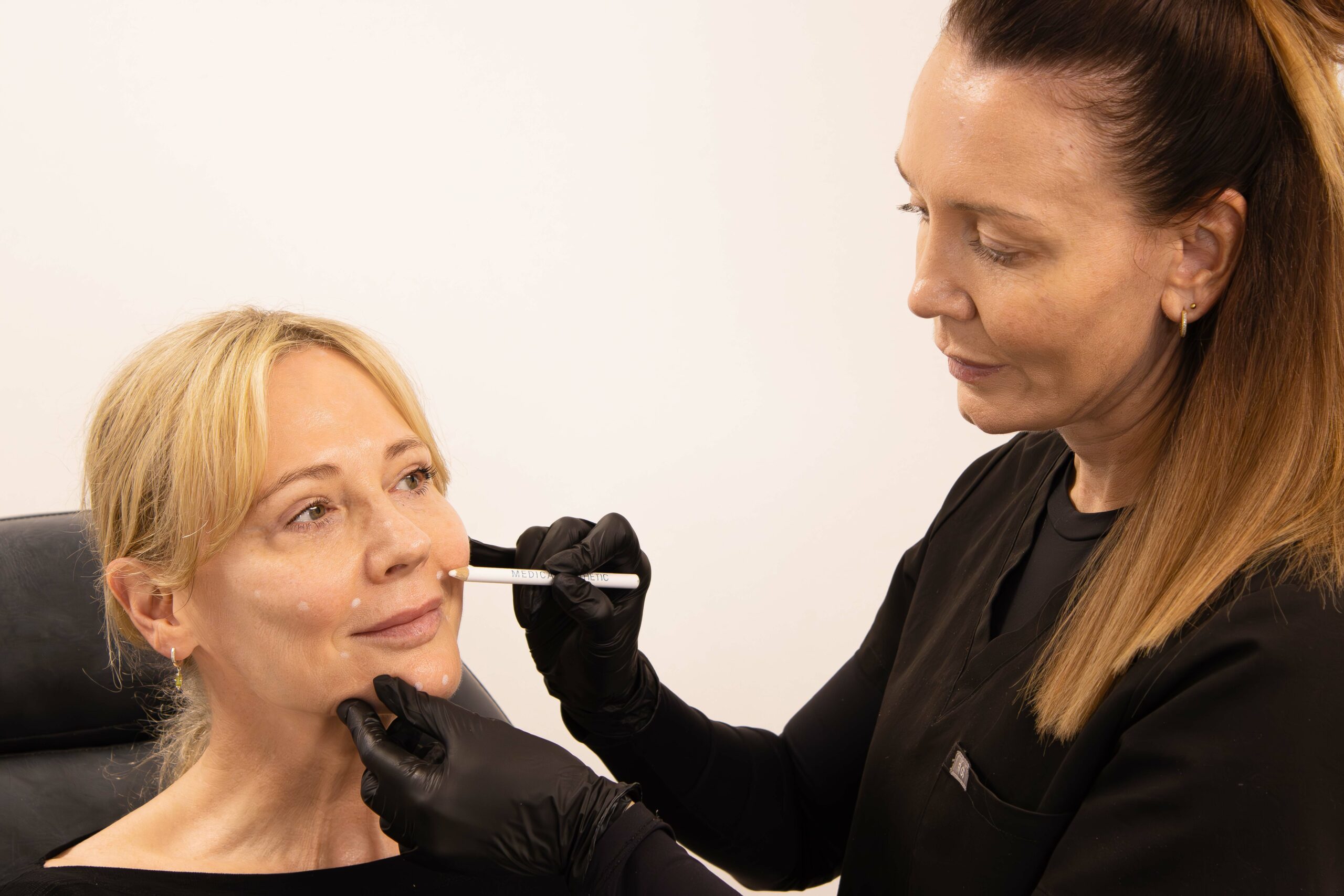


Good day to our fellow beautiful readers!
It’s a beeYOOTiful Monday here at Skin Revival with the sun shining, blue skies, birds singing, and the beach is calling our name!
But instead of attending the beach, we decided to inform and explain to you some of the terminological changes within our website and marketing materials, specifically with our cosmetic procedures!
You may have noticed that some wording, and terms such as “anti-wrinkle injections” and “dermal filler” have changed and some images have been removed (such as our Before and After images). This is because the TGA (Therapeutic Goods Administration) has updated their guide of what is ok, and what is not ok, when it comes to advertising certain products.
WARNING: this is a tedious read! But, we do this because:
We always try to make it our priority to care for our patients!
Your wellbeing and sense of empowerment is our drive! And the only way to achieve this is by providing as much information about each and every treatment that you’ve heard of and that you’re interested in, as well as providing our professional advice derived from our expertise of what would best suit your concern and/or condition.
The more information you have to educate yourself, the more informed you will be to make the appropriate decisions best suited for your lifestyle!

In a nutshell, the TGA (Therapeutic Goods Administration) regulates the advertising, manufacture, import, export and supply of therapeutic goods, in line with the Therapeutic Goods Act 1989– external site (the Act).
Promotion of health services that are offered by any business or company is not regulated by the TGA. But if any of those services include therapeutic goods such as prescription-only medicines, then the business or company must comply with the requirements of the Act.
Any therapeutic goods, or prescription-only medications, are not supposed to be advertised at all through any marketing medium (TV, radio, digital, social media, etc.) and this includes not being allowed to show an image of the product or mentioning the product brand or their ingredients. This also includes any promotional material that may inadvertently provide therapeutic goods.
Why is this important?
Prescription medicines are only meant to be prescribed by a doctor and not advertised as an immediate and easy fix without the risk of side effects explained. Because some of our products are prescription-only and have very serious risks, the TGA have observed that these medications have been promoted under the general health service terms such as “anti-wrinkle injections”, or “weight loss injections”, or “dermal filler”, as a quick over the counter product without the risk of severe repurcussions.
Let’s take a look at what advertising is according to the TGA.
Under the Act– external site, advertising in relation to therapeutic goods is defined as making:
any statement, pictorial representation or design that is intended, whether directly or indirectly, to promote the use or supply of the goods, including where the statement, pictorial representation or design:
(a) is on the label of the goods; or
(b) is on the package in which the goods are contained; or
(c) is on any material included with the package in which the goods are contained.
– https://www.tga.gov.au/resources/resource/guidance/advertising-health-services
Whether the therapeutic goods are intended to be promoted or not, it depends on what the “reasonable consumer would understand the intent of the content to be.”
For example, if we had an image advertising a service of reducing wrinkles, and the regular client assumes that a therapeutic good product is intended in the service, this would be identified as advertising of the therapeutic good.
“Advertising therapeutic goods to the public that contain substances included in Schedule 4 (prescription-only medicines) or Schedule 8 (controlled drugs) to the Poisons Standard is prohibited under sections 42DL and 42DLB of the Act. The promotion of a health service (including telehealth) as a means to obtain a prescription-only medicine is likely to amount to advertising prescription-only medicines. Decisions about treatments that involve the use of prescription-only medicines are made by a health professional in consultation with each individual patient.” – https://www.tga.gov.au/resources/resource/guidance/advertising-health-services
We are only permitted to offer a consultation of services that might aid in meeting your concern or condition.

With the growing popularity of cosmetic procedures within society (especially in the beauty industry), and it being promoted all over social media platforms, the increase of influence over all age demographics, especially to the younger generations, has increased immensely. The Therapeutic Goods Administration has observed this increase of influence and has grown concerned with consumers not completely understanding the risks with these prescription-only medications, and therefore has decided to restrict clinics and health professionals from indicating the use of certain prescription medicines, hoping to minimise the avoidable risks that come with them.
We cannot make any reference in our cosmetic services, directly or indirectly, to prescription-only substances or to product trade names of such products. This includes terms that may be taken by a consumer to reference to these prescription-only products such as: acronyms, nicknames, abbreviations and hashtags.
For example: “anti-wrinkle injections”, “dermal fillers”, “muscle relaxer” etc.
This doesn’t apply to cosmetic injectables that do not contain substances that are prescription-only. Procedures such as PDO or COG Threads or Rejuran are ok.

Hopefully this makes it clear why you have noticed some changes on our site and marketing materials! We hope to see you come in for a consultation to see what is best suited for your skin concerns and conditions!